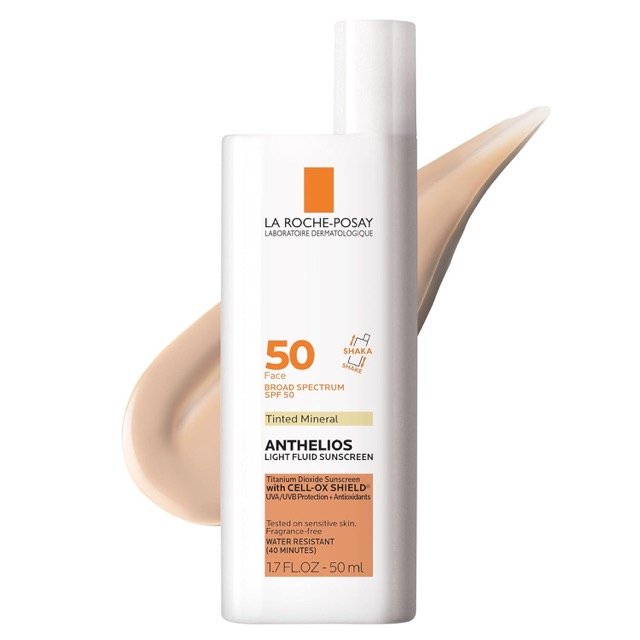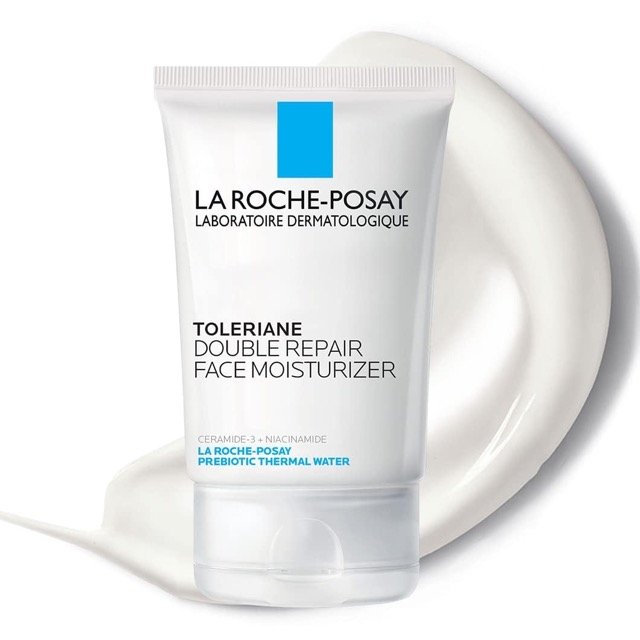Telbivudine (Sebivo) is an antiviral medicine that inhibits the reverse transcriptase responsible for viral replication. It is used in the treatment of chronic active hepatitis B infection.
Telbivudine (sebivo) Uses:
- It is used in the treatment of chronic hepatitis B with evidence of viral replication and either persistent transaminase elevations or histologically-active disease.
- Other drugs to treat hepatitis B include interferon, lamvudine, tenofovir, and tenofovir alafnamide.
Telbivudine (sebivo) Dose in Adults
Telbivudine dose in the treatment of chronic hepatitis B:
- 600 mg orally once a day.
-
Treatment duration (AASLD practice guidelines):
- The Treatment duration for nucleoside/ nucleotide analog-based therapy like telbivudine is variable.
- It is influenced by HBeAg status, duration of HBV suppression, and presence of cirrhosis/decompensation:
-
Patients without cirrhosis:
-
Hepatitis B e antigen (HBeAg) positive immune-active chronic hepatitis:
Treat until HBeAg seroconversion occurs- after seroconversion, a prolonged duration of therapy is mostly required in patients treated with nucleoside/ nucleotide analogs.
- The optimal duration is unknown
- however, consolidation therapy is generally a minimum of 1 year of persistently normal ALT and undetectable serum HBV DNA levels after HBeAg seroconversion.
-
HBeAg-negative immune-active chronic hepatitis:
- Indefinite antiviral therapy is given unless there is a competing rationale for discontinuation (risk/benefit decision)
- treatment discontinuation may be considered in patients with loss of HBsAg; however, there is insufficient evidence to guide decisions in these patients.
-
-
Patients with cirrhosis:
-
HBeAg-positive immune-active chronic hepatitis:
- In patients who seroconvert on therapy, give antiviral therapy indefinitely due to concerns with decompensation and death, unless there is a strong competing rationale for discontinuation.
-
HBeAg-negative immune-active chronic hepatitis:
- Discontinuation of treatment is not recommended because of the potential for decompensation and death
-
Viral breakthrough ( AASLD practice guidelines) :
- Patients with confirmed viral breakthrough (HBV DNA ≥100 units/mL with previously undetectable levels [<10 units/mL] or >1 log increase in HBV DNA) should either be changed to an alternative antiviral monotherapy agent with a high genetic barrier to resistance or receive a 2nd antiviral agent with a complementary resistance profile
-
Telbivudine (sebivo) Dose in Children
Telbivudine dose in the treatment of chronic Hepatitis B:
- Adolescents ≥16 years:
- Refer to adult dosing.
Telbivudine Pregnancy Risk Factor: B
- The AASLD chronic Hepatitis B treatment recommendations for hepatitis B-infected pregnant women (not co-infected with HIV) recommend antiviral therapy to lower the risk of perinatal transmission in HBV-positive pregnant women.
- Limited data are available on routine antiviral therapy to prevent perinatal transmission.
- Patients with viral loads greater than 200,000 units/ml might benefit from treatment.
- However, antiviral therapy is not recommended for patients with viral DNA less than 200,000 units/ml according to AASLD.
Telbivudine use during breastfeeding:
- It is unknown if breast milk contains telbivudine.
- Breastfeeding women with hepatitis B (not co-infected with HIV) should not be considered a contraindication.
- Antivirals are rarely excreted in breast milk and are unlikely to cause any significant toxicities.
- Mothers should inform their infants about the unknown risk of low-level infant exposure.
- This is in addition to the lack of long-term safety data for infants born to mothers who were exposed to antiviral agents during breastfeeding.
- According to the manufacturer breastfeeding during therapy should be considered in light of the risks to infants and the benefits to mothers.
Telbivudine Dose adjustment in patients with renal disease:
-
CrCl ≥50 mL/minute:
- No dosage adjustment is required.
-
CrCl 30-49 mL/minute:
- 600 mg every 48 hours given
-
CrCl <30 mL/minute (not requiring dialysis):
- 600 mg given every 72 hours
-
End-stage renal disease (ESRD):
- 600 mg given every 96 hours
-
Hemodialysis:
- Administer after the dialysis session
Telbivudine Dose in Liver disease
- Adjustment in the dose is not required in patients with liver disease.
Common Side Effects of Telbivudine (Sebivo):
-
Central nervous system:
- Fatigue
-
Neuromuscular & skeletal:
- Increased creatine phosphokinase
Less Common Side Effects of Sebivo (Telbivudine):
-
Central Nervous System:
- Headache
- Dizziness
- Fever
- Insomnia
-
Dermatologic:
- Skin Rash
- Pruritus
-
Endocrine & Metabolic:
- Increased Serum Lipase
-
Gastrointestinal:
- Diarrhea
- Abdominal Pain
- Nausea
- Abdominal Distension
- Dyspepsia
-
Hematologic & Oncologic:
- Neutropenia
-
Hepatic:
- Increased Serum ALT
- Increased Serum AST
-
Infection:
- Exacerbation Of Hepatitis B
-
Neuromuscular & Skeletal:
- Arthralgia
- Back Pain
- Myalgia
-
Respiratory:
- Cough
- Pharyngolaryngeal Pain
Contraindications to Telbivudine (sebivo):
- Concurrent use of peginterferon alfa-2a
- Hypersensitivity to telbivudine and any part of its formulation
Warnings and precautions
-
Lactic acidosis/ hepatomegaly:
- With nucleoside analogs, severe hepatomegaly and steatosis with lactic acidosis have been reported. Some cases even proved fatal.
- Many cases of postmarketing lactic acidosis were associated with other conditions (rhabdomyolysis and/or muscle-related events (eg myopathy, myositis); some cases were also seen in the context of pancreatitis/hepatic Steasis and renal failure.
- Patients who have clinical or laboratory evidence of lactic acidosis or hepatotoxicity should not be treated.
-
Myopathy/rhabdomyolysis:
- There have been reports of myopathy, myositis, and rhabdomyolysis, some with lactic acidosis.
- Myopathy may be undiagnosed for several weeks or months after its initiation.
- It is caused by undiagnosed muscle aches or weakness, in combination with serum creatine Kinase increases.
- If myopathy or Rhabdomyolysis is suspected, interrupt therapy and stop therapy if it is confirmed.
- Patients who take concomitant medication for myopathy should be closely monitored.
-
Peripheral neuropathy:
- Peripheral neuropathy may occur either alone or with the combination of pegylated Interferon Alfa-2a (concurrent usage is contraindicated), or other interferons.
- Within three months of the therapy's initiation, symptoms were evident.
- Stop treatment of suspected peripheral neuropathy. If confirmed, symptoms can be reversed by discontinuing.
-
Chronic Hepatitis B: [US-Boxed Warning]
- After discontinuation of treatment. An acute exacerbation may occur if hepatitis B is severe.
- After stopping treatment, monitor liver function for several months. Restarting anti-hepatitis B therapy might be necessary.
-
Human immunodeficiency virus:
- Telbivudine has no clinically relevant activity against HIV type 1.
-
Renal impairment
- Patients with severe renal dysfunction or ESRD should be cautious. Dosing adjustments are required (CrCl 50 mL/minute).
Telbivudine (United States: Not available): Drug Interaction
Risk Factor X (Avoid combination) |
|
|
Cladribine |
Agents that Undergo Intracellular Phosphorylation may diminish the therapeutic effect of Cladribine. |
|
Interferon Alfa-2b |
May enhance the adverse/toxic effect of Telbivudine. Specifically, the risk for peripheral neuropathy may be increased. |
|
Peginterferon Alfa-2a |
May enhance the adverse/toxic effect of Telbivudine. Specifically, the risk for peripheral neuropathy may be increased. |
|
Peginterferon Alfa-2b |
May enhance the adverse/toxic effect of Telbivudine. Specifically, the risk for peripheral neuropathy may be increased. |
Monitor:
- Liver function tests (eg, AST and ALT) should be checked periodically during therapy and for several months after the discontinuation of therapy
- renal function before initiation and periodically during treatment
- signs and symptoms of peripheral neuropathy (eg, weakness, paresthesia, leg pain) or myopathy (eg, unexplained muscle pain, tenderness, or weakness)
- serum creatine kinase.
-
Chronic hepatitis B:
- HBV DNA and ALT are usually done every three months until undetectable and then every 3 - 6 months thereafter
- HBeAg
- Monito for seroconversion (anti-HBe positivity in patients who are HBeAg positive)
- HBsAg
- consider monitoring creatine kinase and lactic acidosis if symptoms are concerning
- monitor for peripheral neuropathy
- following stopping, monitor for recurrent viremia, ALT flares, seroreversion, and clinical decompensation every 3 months for at least 1 year
- Monito periodically for hepatocellular carcinoma especially in patients at high risk.
How to administer Telbivudine (Sebivo)?
- May be administered without regard to food.
Mechanism of action of Telbivudine (Sebivo):
- Telbivudine (L-enantiomer thymidine) is a synthetic thymidine nucleoside analog.
- It is phosphorylated intracellularly into the active triphosphate version, which competes against the natural substrate, thymidine 5-'-triphosphate to inhibit hepatitis A viral DNA polymerase
- It blocks the enzyme and inhibits reverse transcriptase activity, resulting in the inhibition of viral DNA replication.
Distribution: V :
- > total body water
Protein binding:
- ~3%
Metabolism:
- No metabolites detected
Half-life elimination:
- Terminal: 40-49 hours
Time to peak, plasma:
- 1-4 hours
Excretion:
- Via Urine (~42% as unchanged drug)
International Brands of Telbivudine:
- Ramenart
- Sebivo
- Telbihep
Telbivudine Brand Names in Pakistan:
Telbivudine 600 mg Tablets |
|
| Sebivo | Novartis Pharma (Pak) Ltd |
| Telbivudine | Cirin Pharmaceuticals (Pvt) Ltd. |
| Vizeka | Wns Field Pharmaceuticals |







